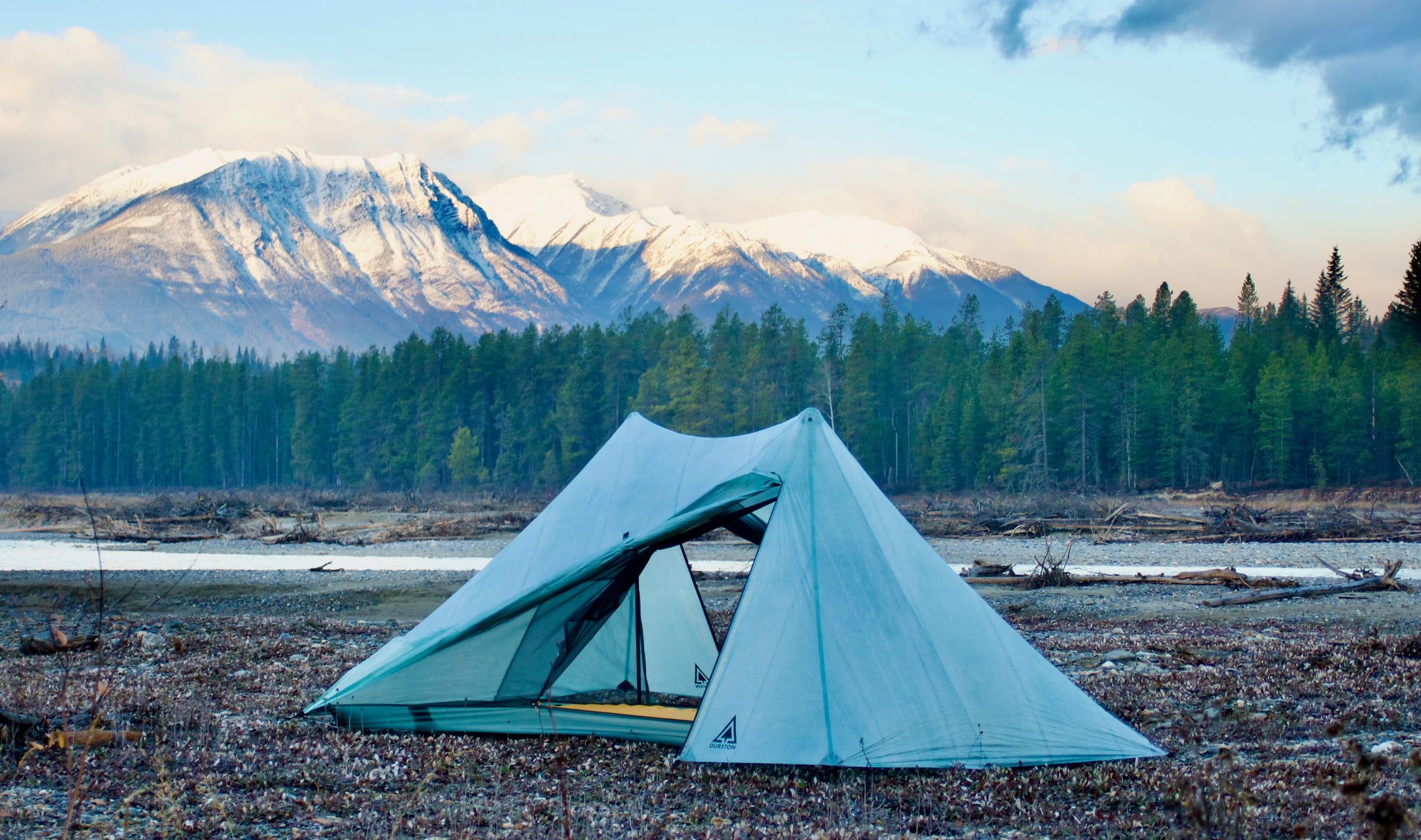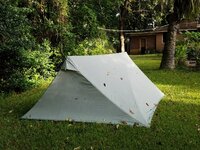coloradoan
WKR
- Joined
- Jan 19, 2019
- Messages
- 345
I have seen that a few manufacturers have switched some production over from silnylon to silpoly (Six Moon Designs, Black Diamond). It sounds like the main tradeoff is reduced strength with the silpoly but also reduced stretching/sagging. Silpoly isn't exactly new, so it's not like shelter makers haven't heard of it - I guess they've decided that the reduced strength isn't worth the reduction in sagging.
I know there are people on here who have tried a lot of shelters and even messed with fabrics. What are your thoughts on silpoly? Is there a significant difference in performance? Is the difference between silnylon vs silpoly important enough to be a deciding factor in shelter selection?
I've been in the market for a new flat tarp and possibly a mid tent, so all of the sudden I've been reading up and nearly convincing myself that I need a silpoly shelter - but I don't want to fall for a fad.
I know there are people on here who have tried a lot of shelters and even messed with fabrics. What are your thoughts on silpoly? Is there a significant difference in performance? Is the difference between silnylon vs silpoly important enough to be a deciding factor in shelter selection?
I've been in the market for a new flat tarp and possibly a mid tent, so all of the sudden I've been reading up and nearly convincing myself that I need a silpoly shelter - but I don't want to fall for a fad.



